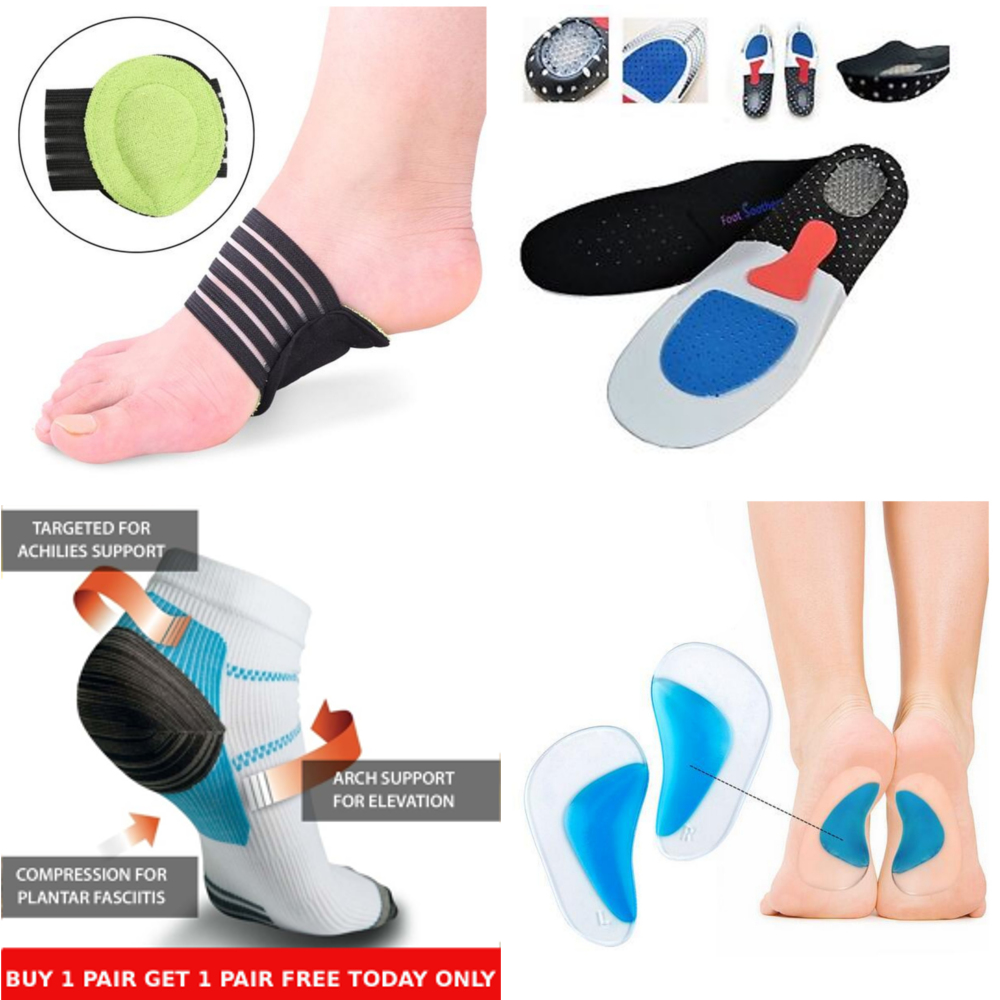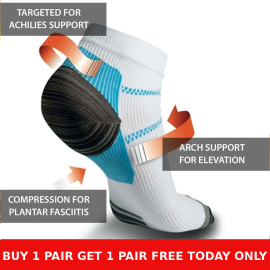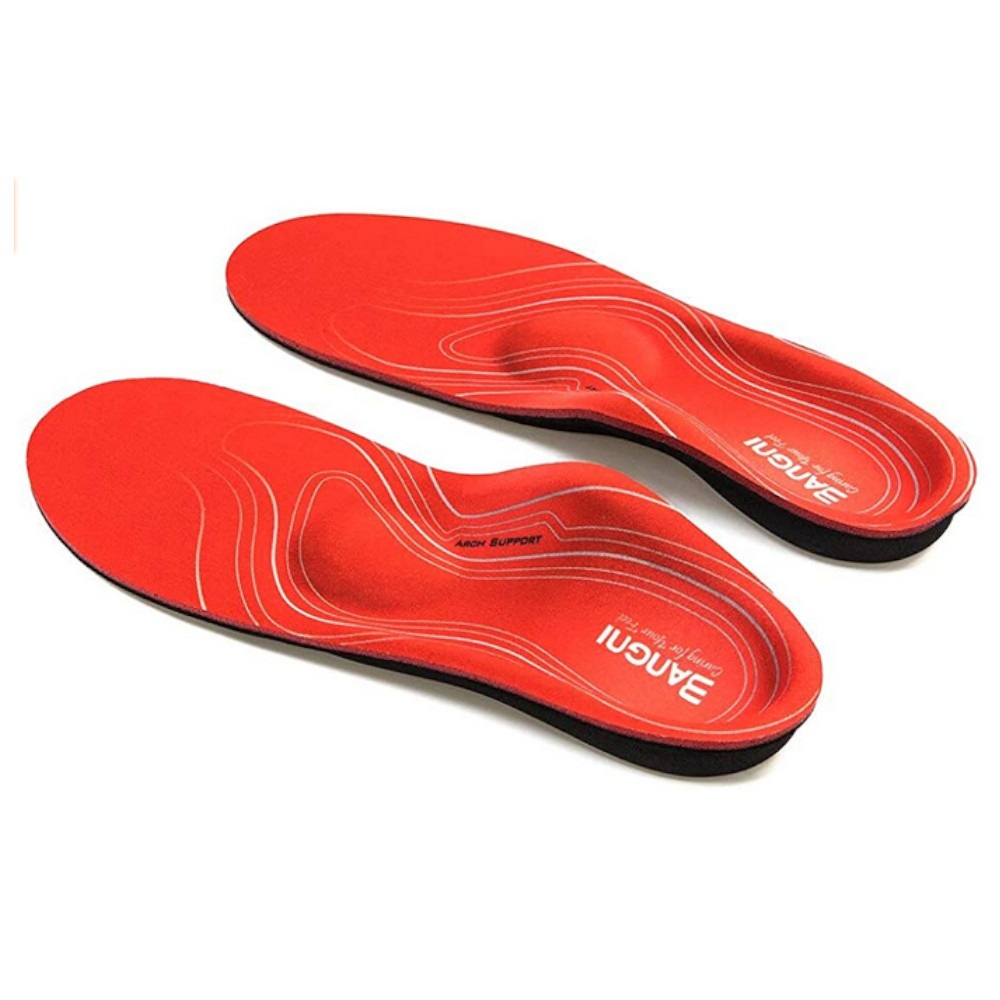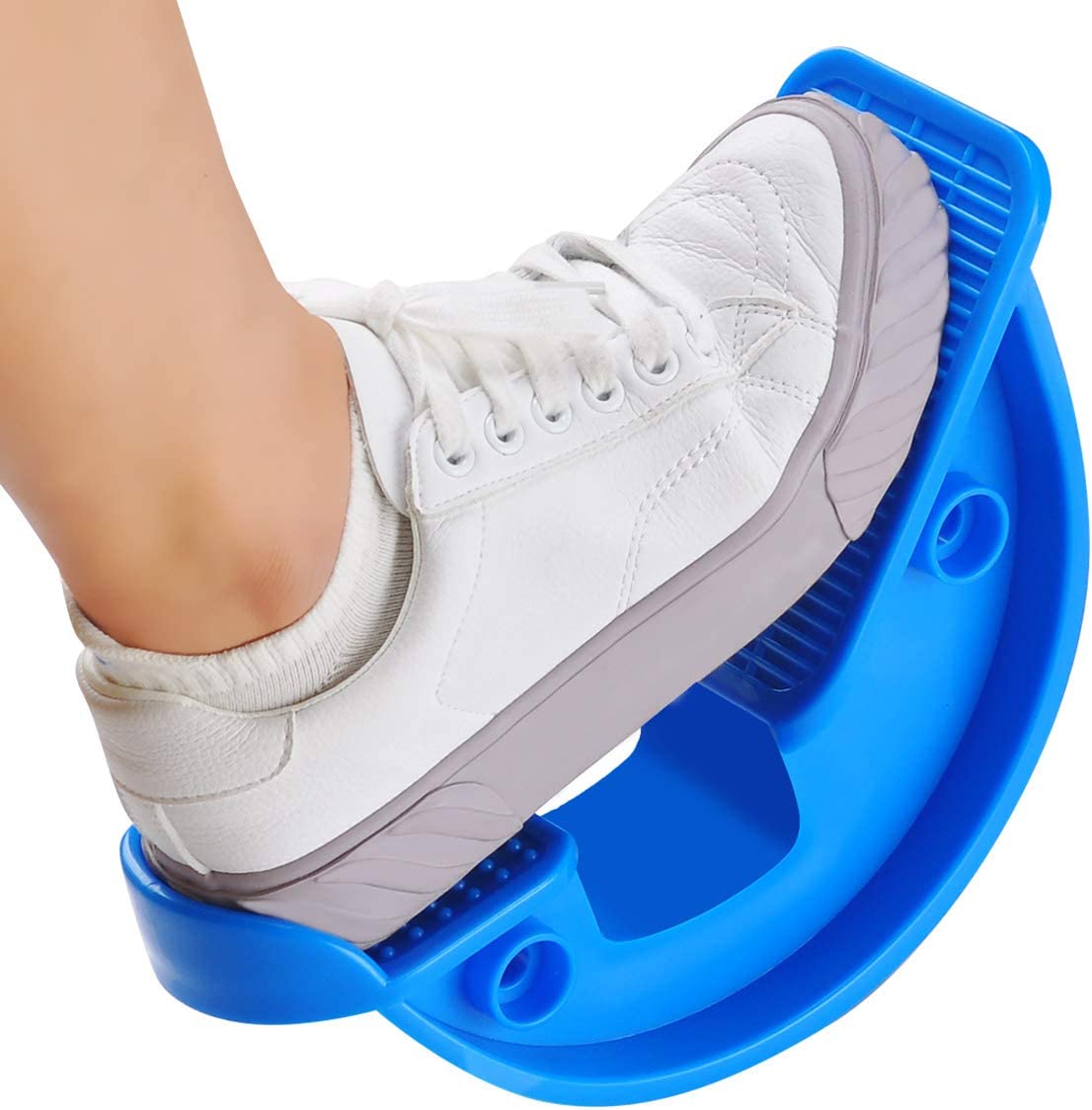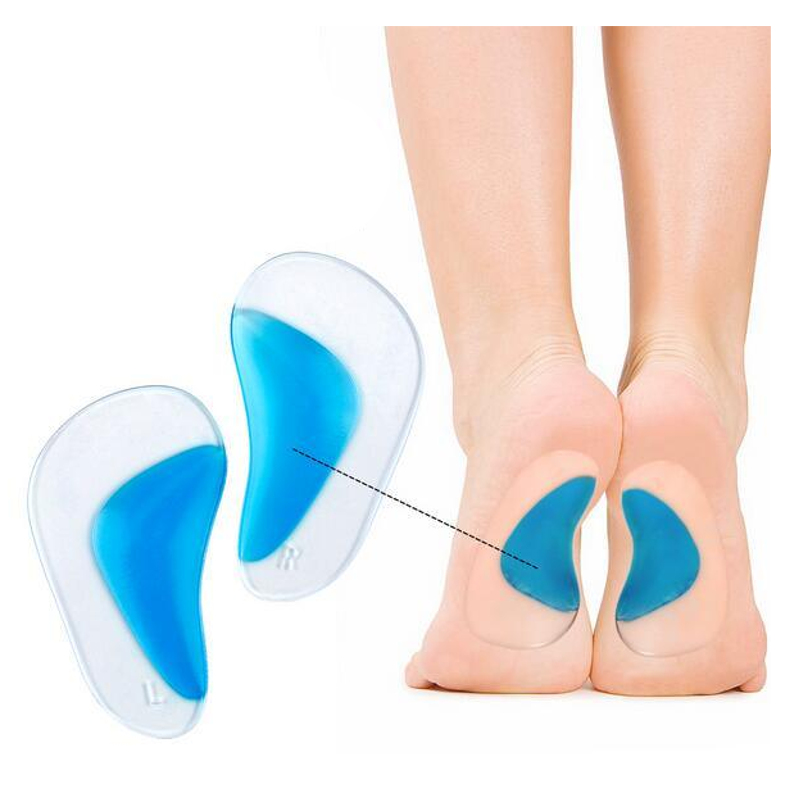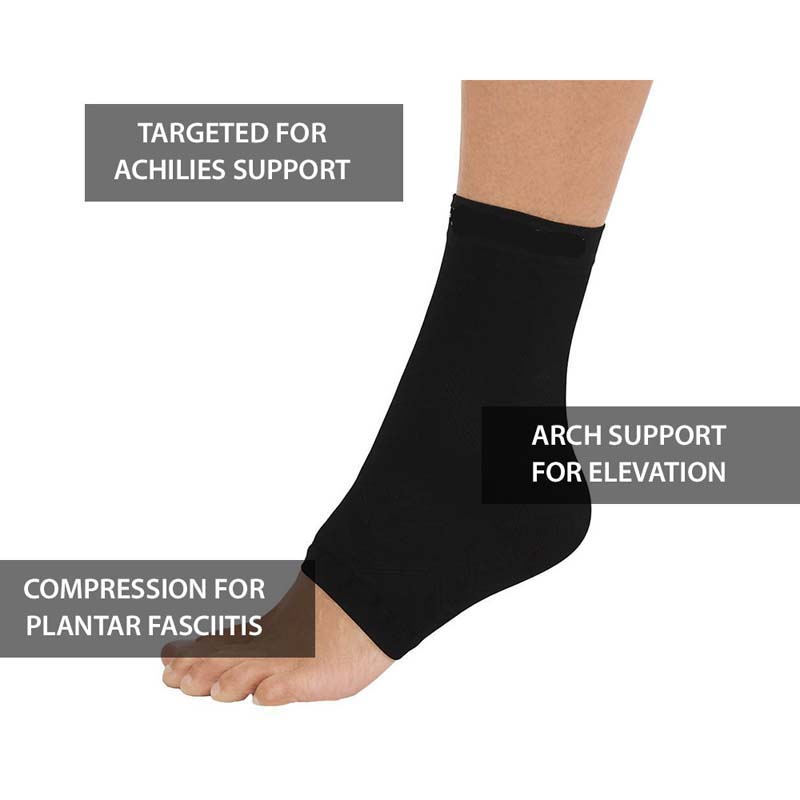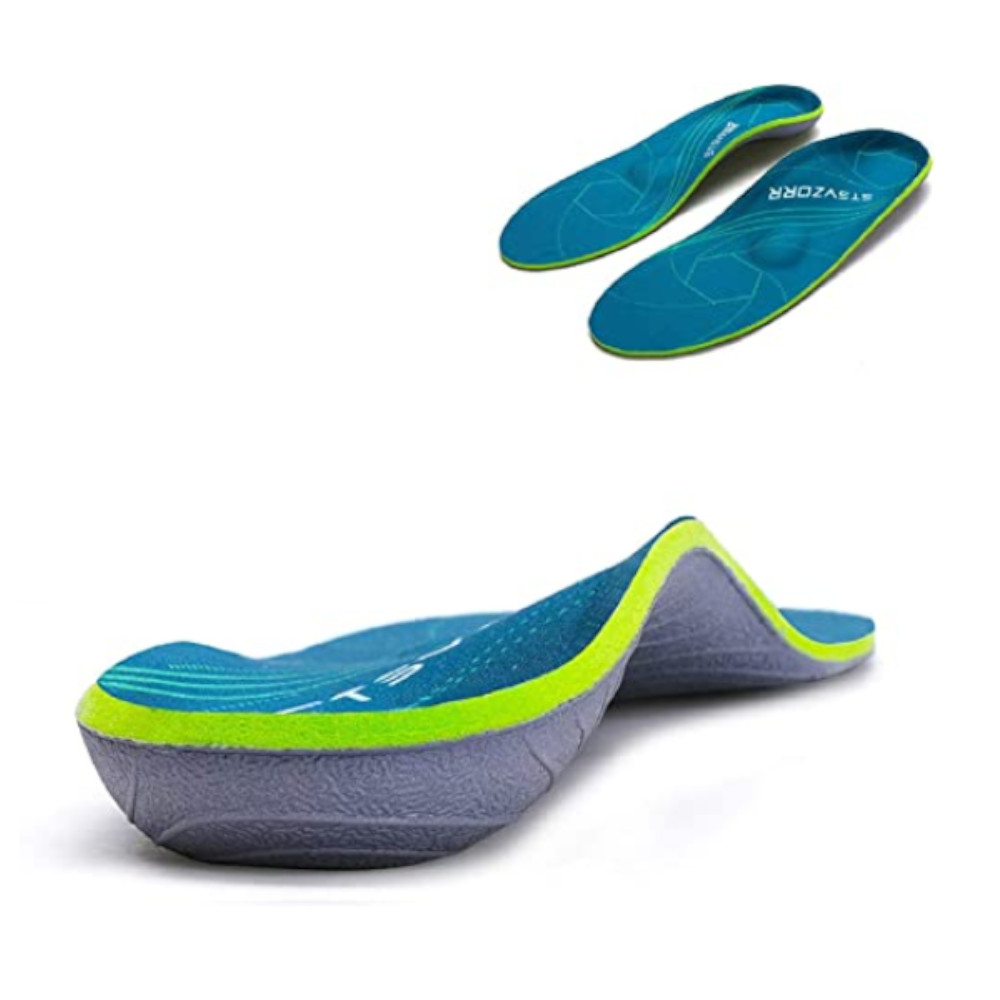The Link Between Plantar Fasciitis and Flat Feet
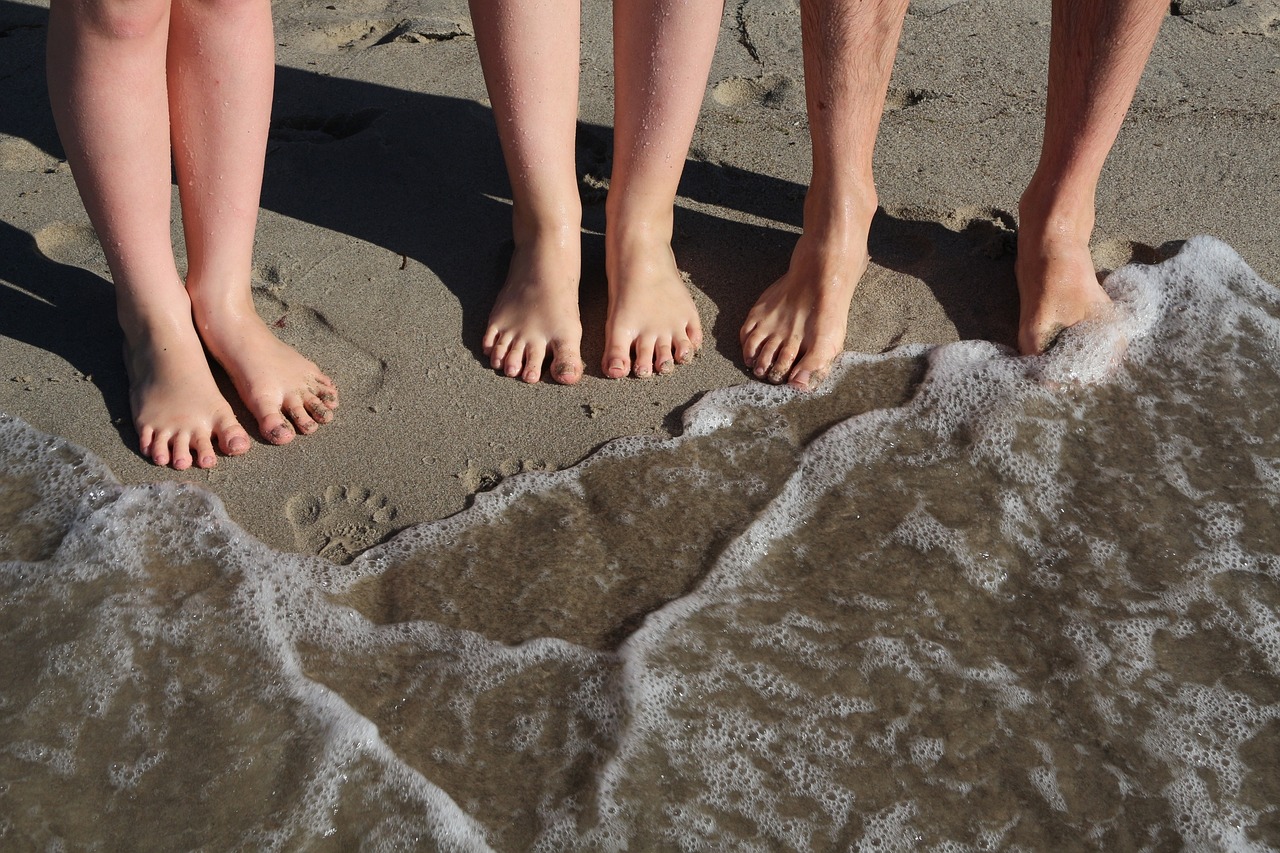
Featured Products for Plantar Fasciitis Foot Pain Relief
Plantar fasciitis, a common cause of heel pain, and flat feet, a condition where the arches of the feet are significantly reduced or absent, are closely linked. Understanding the relationship between plantar fasciitis and flat feet is crucial for effective management and relief from associated symptoms. In this blog post, well explore the connection between these two conditions and discuss strategies for addressing them.
**Understanding Plantar Fasciitis:**
Plantar fasciitis occurs when the plantar fascia—a thick band of tissue that runs along the bottom of the foot—becomes inflamed, leading to heel pain. This inflammation often results from overuse, improper footwear, or structural issues in the foot. The plantar fascia acts as a shock absorber and supports the arch of the foot during activities like walking and running.
**Understanding Flat Feet:**
Flat feet, also known as pes planus, is a condition where the arches of the feet collapse or are not fully formed. In individuals with flat feet, the entire sole of the foot makes contact with the ground when standing. While some people with flat feet may not experience any symptoms, others may develop pain or discomfort due to altered biomechanics and increased stress on certain structures.
**The Link Between Plantar Fasciitis and Flat Feet:**
1. **Altered Biomechanics:**
- Flat feet can contribute to altered biomechanics of the foot, leading to overpronation. Overpronation occurs when the foot rolls inward excessively during walking or running, placing increased strain on the plantar fascia.
2. **Increased Stress on Plantar Fascia:**
- The lack of proper arch support in flat feet can result in increased stress on the plantar fascia. Over time, this heightened pressure can lead to inflammation and the development of plantar fasciitis.
3. **Tight Achilles Tendon:**
- Flat feet are often associated with a tight Achilles tendon. A tight Achilles tendon can affect the mechanics of the foot and contribute to the development of plantar fasciitis.
4. **Reduced Shock Absorption:**
- The arch of the foot provides natural shock absorption during weight-bearing activities. In individuals with flat feet, this shock absorption is reduced, and the plantar fascia may absorb more impact, leading to strain and inflammation.
5. **Muscle Imbalances:**
- Flat feet can contribute to muscle imbalances in the feet and lower legs. Weaker muscles may not provide adequate support to the arch, contributing to the development and persistence of plantar fasciitis.
**Strategies for Management:**
1. **Supportive Footwear:**
- Choose shoes with proper arch support and cushioning. Supportive footwear can help alleviate stress on the plantar fascia and provide stability for individuals with flat feet.
2. **Orthotic Inserts:**
- Custom or over-the-counter orthotic inserts can provide additional arch support and help distribute pressure more evenly across the foot. They can be particularly beneficial for individuals with flat feet and plantar fasciitis.
3. **Stretching Exercises:**
- Incorporate regular stretching exercises into your routine, focusing on the calf muscles, Achilles tendon, and the plantar fascia. Stretching can help improve flexibility and reduce strain.
4. **Strengthening Exercises:**
- Strengthen the muscles of the feet and lower legs to provide better support to the arch. Toe curls, resistance band exercises, and calf raises can be effective.
5. **Avoid High-Impact Activities:**
- Limit high-impact activities that place excessive stress on the feet, such as running on hard surfaces. Low-impact activities like swimming or cycling may be more suitable.
6. **Icing and Rest:**
- Apply ice to the affected heel to reduce inflammation, especially after periods of activity. Allow for adequate rest to allow the plantar fascia to heal.
7. **Consult with a Professional:**
- If symptoms persist or worsen, consult with a healthcare professional or a podiatrist. They can provide a thorough evaluation, recommend appropriate interventions, and tailor a treatment plan to your specific needs.
**Conclusion:**
The link between plantar fasciitis and flat feet underscores the importance of addressing both conditions concurrently. By incorporating supportive measures, such as proper footwear, orthotic inserts, and targeted exercises, individuals with flat feet and plantar fasciitis can manage symptoms effectively and improve overall foot health.
Featured Products for Plantar Fasciitis Foot Pain Relief
Latest Blogs
- Taking a Stand Against Heel Pain: Practical Solutions
- Happy Heels, Happy Life: Banishing Foot Pain for Good
- The Road to Relief: Strategies for Combating Heel Pain
- Heel to Toe Wellness: Tackling Foot Pain Head-On
- Foot Pain Decoded: Understanding the Signals Your Feet Send
- Soothing Steps: Natural Remedies for Heel and Foot Pain
- Putting Your Best Foot Forward: Managing Heel Discomfort
- The ABCs of Happy Feet: Beating Heel and Foot Pain
- From Heel to Toe: Navigating Common Foot Pain Issues
- Taking a Step Back: Causes and Remedies for Heel Pain
- Footloose and Pain-Free: Tips for Happy Heels and Feet
- Soleful Solutions: A Guide to Alleviating Heel and Foot Discomfort
- Stepping Into Comfort: Understanding Heel and Foot Pain
- From Pain to Progress: Inspiring Plantar Fasciitis Journeys
- Living a Full Life with Plantar Fasciitis: Success Stories
- Plantar Fasciitis and Exercise: Finding the Right Balance
- The Impact of Stress on Plantar Fasciitis Symptoms
- Plantar Fasciitis: When to Seek Professional Help
- Inflammatory Foods and Plantar Fasciitis: What to Avoid
- Ergonomics and Plantar Fasciitis: A Comprehensive Guide
- The Importance of Rest in Plantar Fasciitis Recovery
- Traveling with Plantar Fasciitis: Tips for Happy Feet
- Plantar Fasciitis and Your Sleep: Improving Rest Quality
- The Psychological Aspect of Living with Plantar Fasciitis
- Plantar Fasciitis and High-Impact Activities: Navigating Risks
- How to Stay Active with Plantar Fasciitis: Practical Tips
- Plantar Fasciitis and Aging: Strategies for Seniors
- Cryotherapy for Plantar Fasciitis: Icy Relief for Your Feet
- Aquatic Exercise for Plantar Fasciitis: Dive into Healing
- Mindfulness and Meditation for Plantar Fasciitis Relief
- Heel Pain 101: A Guide to Plantar Fasciitis
- Finding Relief - Plantar Fasciitis Home Remedies
- The Emotional Toll of Chronic Plantar Fasciitis
- Post-Workout Foot Care for Plantar Fasciitis Sufferers
- DIY Foot Massage Techniques for Plantar Fasciitis
- From Diagnosis to Recoveryc- Navigating Plantar Fasciitis
- Plantar Fasciitis in Children Signs and Solutions
- Plantar Fasciitis and Weight: Impact on Foot Health
- How Nutrition Affects Plantar Fasciitis Recovery
- Yoga for Plantar Fasciitis: Poses for Pain Relief
- Breaking Down Plantar Fasciitis Myths and Misconceptions
- Plantar Fasciitis Stretches - Daily Routine for Relief
- The Link Between Plantar Fasciitis and Flat Feet
- Plantar Fasciitis in Pregnancy - What to Expect
- Desk Job Dilemma - Coping with Plantar Fasciitis at Work
- Plantar Fasciitis in Athletes Strategies for Recovery
- Massage and Plantar Fasciitis A Soothing Combination
- Plantar Fasciitis at Night: Tips for Better Sleep
- Plantar Fasciitis vs Heel Spurs - Understanding the Difference
- The Role of Stretching in Plantar Fasciitis Recovery
- Running with Plantar Fasciitis: Dos and Donts
- Preventing Plantar Fasciitis: Tips for Foot Health
- Natural Remedies for Plantar Fasciitis You Havent Tried
- Heel Pain Demystified: Plantar Fasciitis Explained
- Best Shoes for Plantar Fasciitis: A Comprehensive Guide
- Managing Plantar Fasciitis Pain: Tips and Tricks
- The Complete Guide to Plantar Fasciitis Treatment Options
- 10 Effective Exercises for Plantar Fasciitis Relief at Home
- Understanding Plantar Fasciitis: Causes and Symptoms
- Why do I get Pain in My Feet at Night
- Is pain in your feet a sign of diabetes
- What causes pain in my feet
- Plantar Fasciitis - Why so Painful
- What is that pain in my heel
- Should I Walk with Foot Pain
- How to Treat Ankle Pain
- 10 Best Exercises of Plantar Fasciitis
- Do Compression Socks Help Foot Pain
- Do Insoles Work for Foot Pain
- Best Stretches for Plantar Fasciitis
- 5 Causes of Plantar Fasciitis
- Do Back Posture Braces Actually Work
- Foot pain from walking
- Best Insoles for Plantar Fasciitis
- Pain in heel of foot after Running
- Treatment for Pain in arch of foot
- Pain on top of foot
- Mortons neuroma treatment
- How to remove an Ingrown Toenail
- Foot Heel Spur Pain
- Sore Foot in the Morning
- Suffer Heel Pain in the Morning ?
- Start a running routine
- Running through Fatigue
- Best Achilles Tendonitis and Ankle Excercises
- Causes of Achilles Tendonitis and Ankle Pain
- Plantar Fasciitis Cure and Treatment
- Best Plantar Fasciitis Products
- Causes of Plantar Fasciitis and Heel Spur Pain
- Best Plantar Fasciitis Excercises

